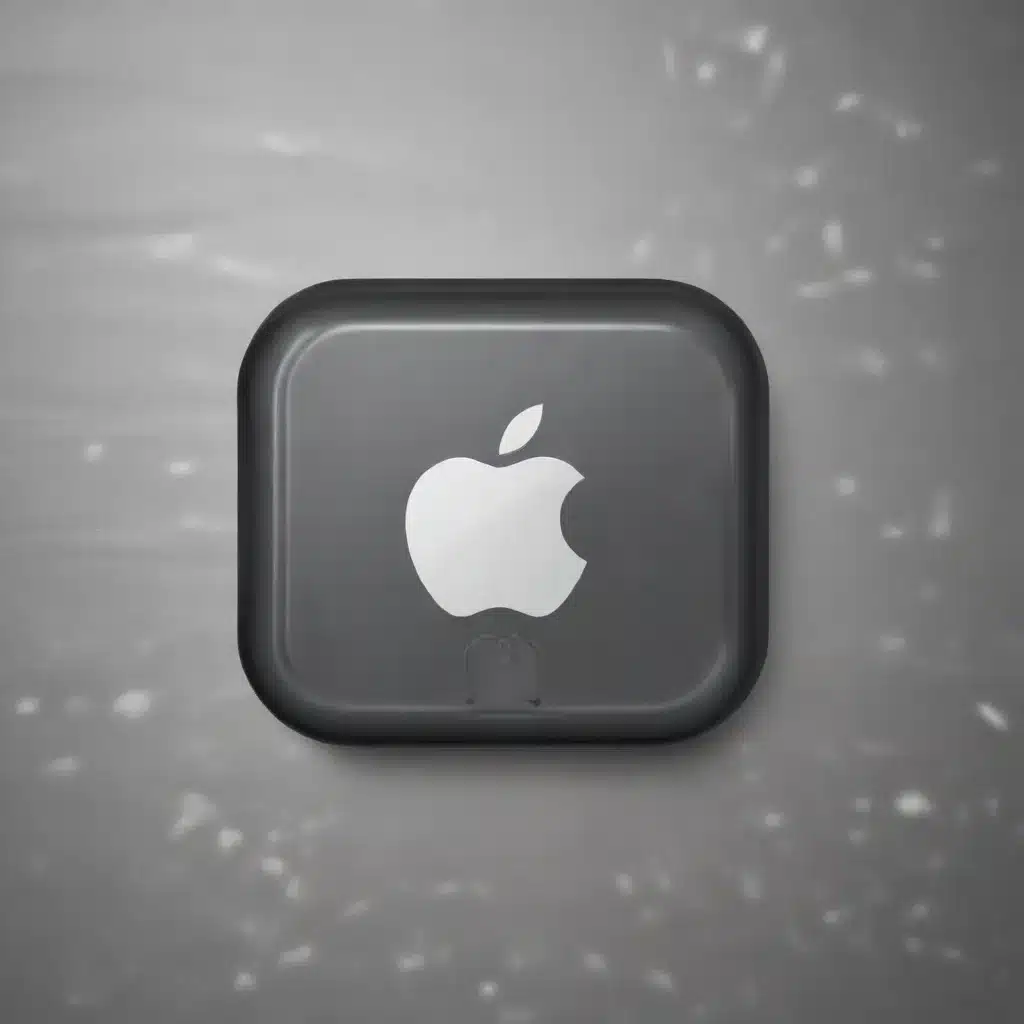
Safeguarding Your Digital Fortress: Mastering Apple ID Security
As an experienced IT professional, I’ve witnessed firsthand the importance of maintaining robust security measures when it comes to our digital identities. Your Apple ID is the gateway to a vast ecosystem of services, from the App Store and Apple Music to iCloud and iMessage. Securing this critical account should be a top priority for any Apple user, and in this comprehensive guide, we’ll explore the best practices for password management to keep your data safe and your digital life protected.
Understand the Significance of Your Apple ID
Your Apple ID is the key that unlocks a world of Apple services, granting you access to a treasure trove of personal information, financial details, and sensitive communications. It’s not just a username and password; it’s the digital representation of your online identity within the Apple ecosystem. Treating it with the utmost care and vigilance is crucial to safeguarding your privacy and preventing unauthorized access.
Embrace Two-Factor Authentication (2FA)
One of the most effective security measures you can take is to enable two-factor authentication (2FA) for your Apple ID. This additional layer of protection ensures that even if someone obtains your password, they won’t be able to access your account without a unique code sent to your trusted devices or phone number.
If you created your Apple ID on a device running iOS 13.4, iPadOS 13.4, or macOS 10.15.4 or later, your account automatically uses 2FA. If you had an existing Apple ID without 2FA, it’s essential to turn it on now. Head to your Apple ID account page, navigate to the “Security” section, and follow the prompts to set up 2FA.
Avoid Reusing Passwords
One of the cardinal sins of password management is reusing the same password across multiple accounts. While it may seem convenient, this practice significantly increases your risk of exposure. If one of your accounts is compromised, the hacker can then access all your other accounts that share the same password.
Instead, adopt a unique and strong password for your Apple ID. Consider using a password manager like Bitwarden or 1Password to generate, store, and autofill your passwords, ensuring that each account has a unique, complex passphrase.
Leverage Recovery Contacts and Legacy Contacts
Apple offers two invaluable features to help you regain access to your account in the event of an emergency: Recovery Contacts and Legacy Contacts.
Recovery Contacts are individuals you trust, such as family members or close friends, who can assist you in resetting your Apple ID password or regaining access to your account if you become locked out. To set up Recovery Contacts, go to your Apple ID account page, navigate to the “Security” section, and follow the instructions.
The Legacy Contact feature allows you to designate one or more people as Legacy Contacts, who can access your Apple Account in the event of your passing. This ensures that your digital legacy and important data can be passed on to your loved ones, even after you’re gone. To add a Legacy Contact, follow the steps in the “Sign-In & Security” section of your Apple ID account page.
Safeguard Your Recovery Key
Apple also provides the option to generate a recovery key, a 28-character code that can be used to reset your password or regain access to your account. This recovery key should be kept in a secure, offline location, such as a fireproof safe or a password-protected document. In the event that you lose access to your trusted devices or get locked out of your account, the recovery key can be your lifeline to restoring control.
Stay Vigilant Against Phishing Scams
Phishing attacks, where cybercriminals attempt to trick you into revealing your login credentials or other sensitive information, are a constant threat. Apple will never ask you for your password, security questions, verification codes, or any other account details via email, text message, or phone call.
If you receive a suspicious message or encounter a website that claims to be from Apple, do not click on any links or provide any information. Instead, go directly to the official Apple website or your Apple ID account page to verify the legitimacy of the request.
Leverage iCloud Keychain for Seamless Password Management
For Apple users who are deeply entrenched in the ecosystem, the built-in iCloud Keychain feature can be a convenient and secure option for managing your passwords. iCloud Keychain synchronizes your login credentials across your Apple devices, allowing you to autofill passwords with ease.
However, it’s important to note that iCloud Keychain is primarily designed for personal use and may not offer the same level of enterprise-grade security features as dedicated password managers like Bitwarden or 1Password. If you have complex password management needs or require advanced features, a third-party password manager may still be the better choice.
Stay Vigilant and Proactive
Securing your Apple ID is an ongoing process, not a one-time task. Stay vigilant, monitor your account activity regularly, and be proactive in implementing the best practices outlined in this guide. By taking these steps, you’ll safeguard your digital identity and enjoy the peace of mind that comes with knowing your Apple ecosystem is protected.
Remember, your Apple ID is the digital fortress that guards your personal and financial information. Treat it with the utmost care, and you’ll be well on your way to keeping your data safe and your online experiences secure.
For more information on Apple’s security practices and additional resources, visit the IT Fix website.












